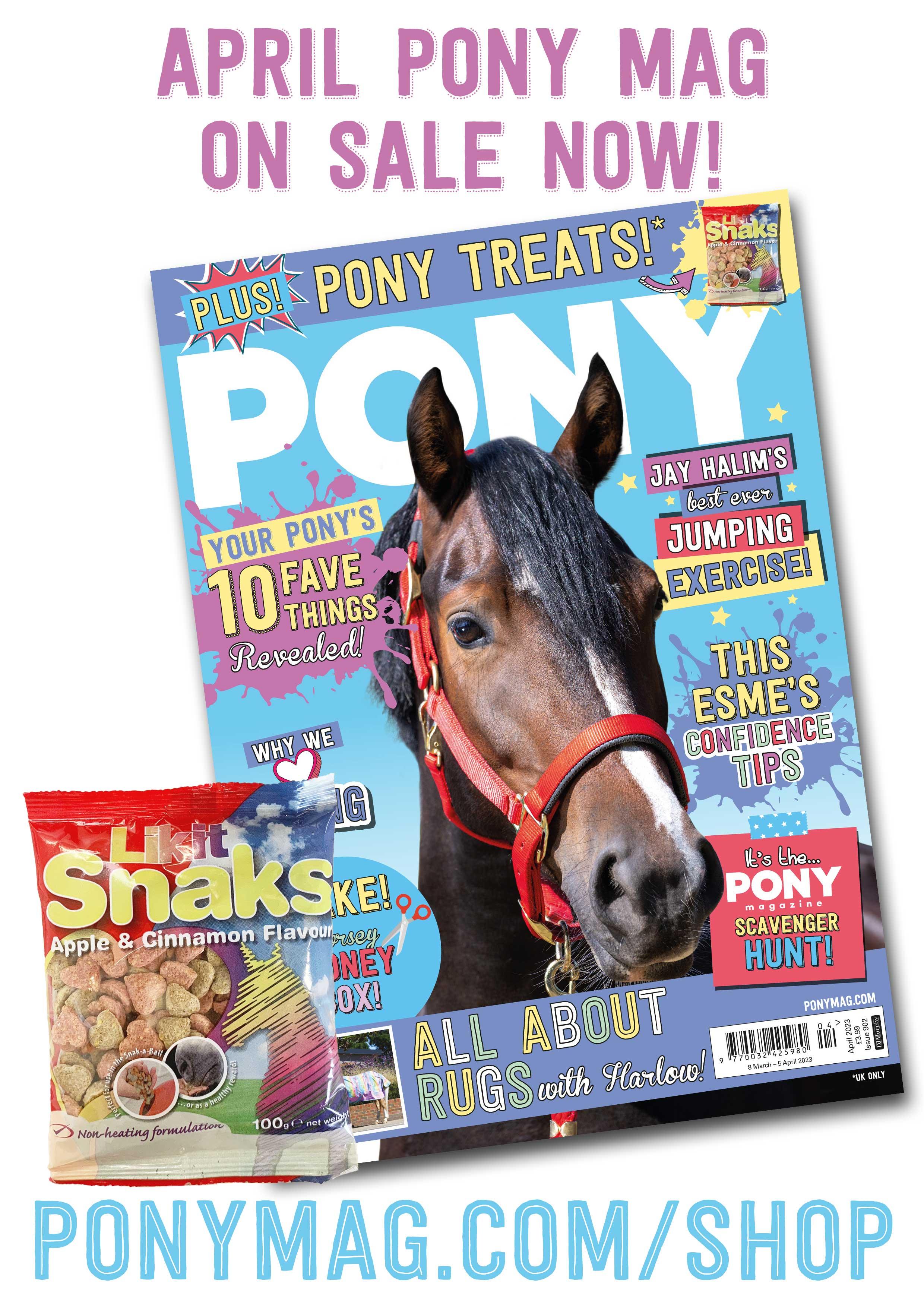












Top showjumper Jay Halim shares his fave exercise that’s sure to boost your skills

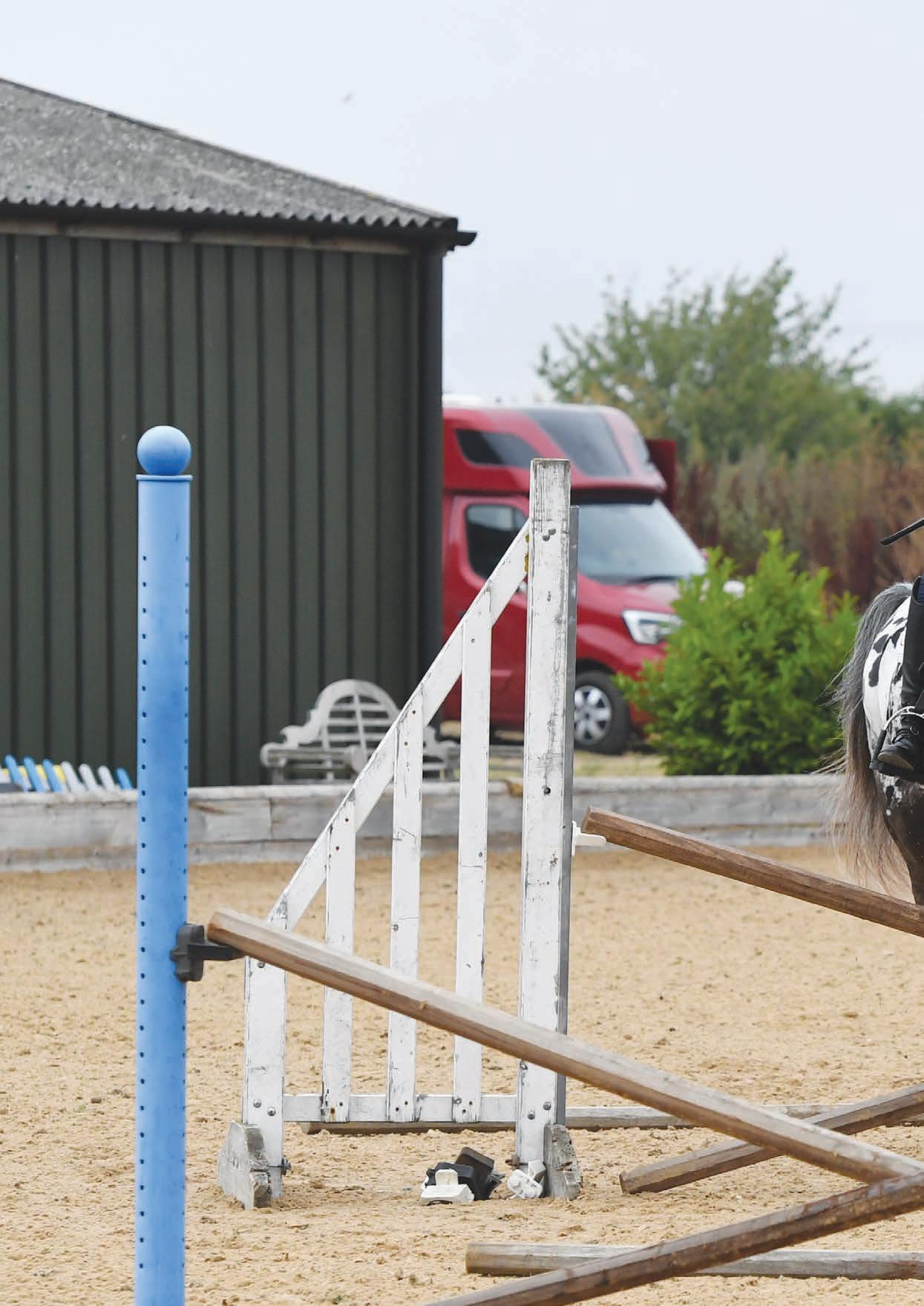
You might think there’s a lot to consider all at once when it comes to jumping, but by cracking the basic principles of rhythm and straightness, riding a clear round will soon become so much easier. My favourite jumping exercise will help you do exactly that – so, let’s get started.
For this exercise you’ll need a total of eight poles and three pairs of wings. Set up five poles on a slight curve down one side of your arena – depending on how big your pony’s canter stride is, allow 2.7–3m between each one. Place a pair of wings next to the three middle poles, and leave the spare poles at the side of your arena to start with.
You only need to set each pole on a very slight angle for this exercise to be effective, so don’t make your curve too tight!
I really love this exercise because it’s simple and so effective! The main benefit is that it helps you and your pony to establish a good rhythm – essential for the perfect jump. Having poles at a set distance encourages you to ride in a more positive way which will help to ensure that your pony makes each stride.
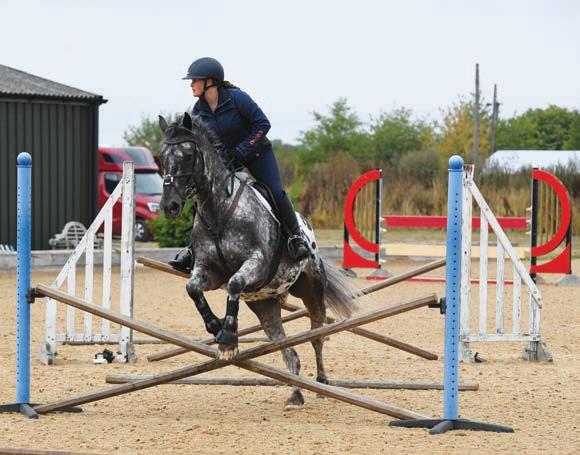
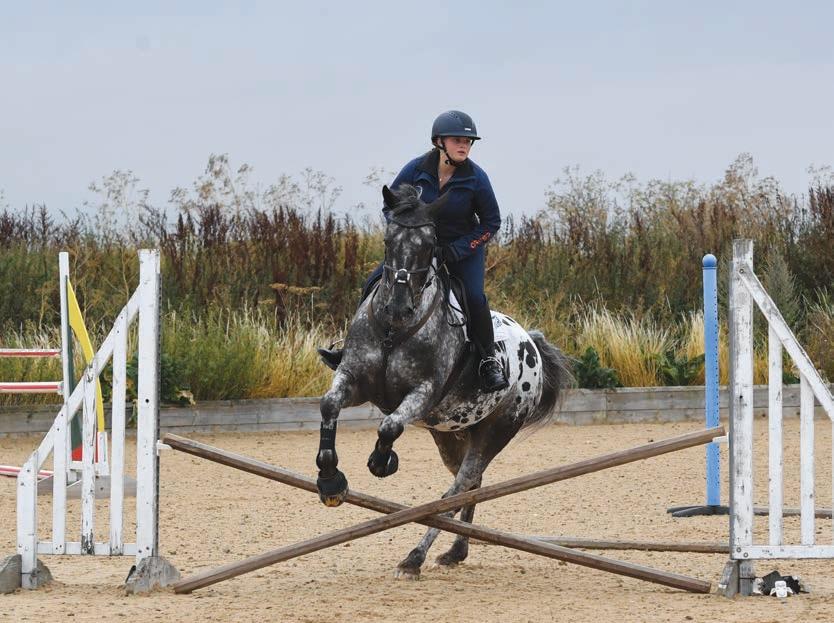
If your pony has a pesky habit of changing to the incorrect, or his preferred, lead after a fence this exercise is the one for you! Riding on a curve means he has to work evenly, as long as you do it equally on both reins. Having the poles on a curve also means your pony will be encouraged to work from your inside leg into your outside hand.
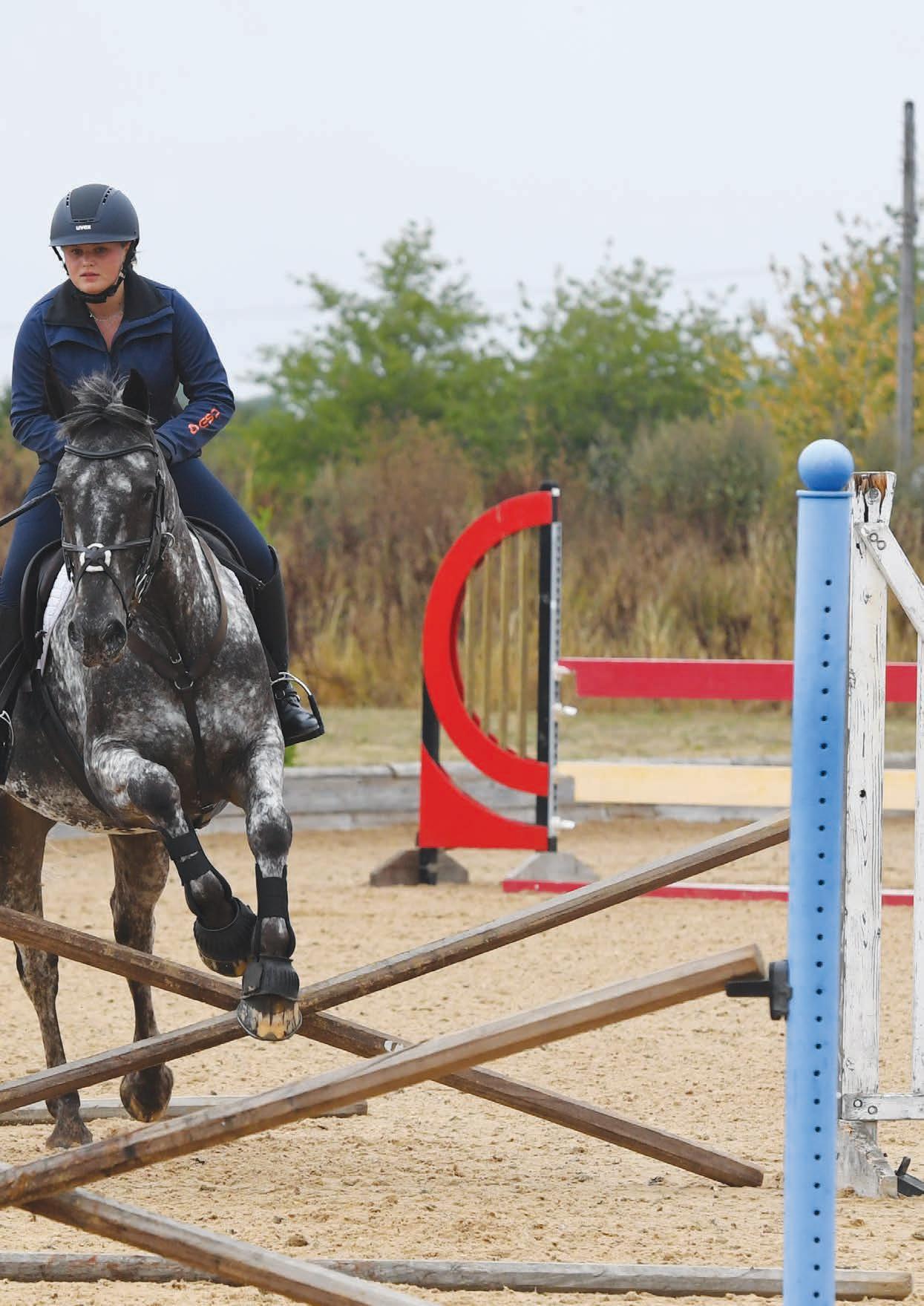
There are four different levels to this exercise. Progress through them slowly to make sure your pony is working correctly and you build your, and his, confidence, not knock it. Once you’ve nailed the level you’re on, move onto the next!
Keep the poles on the ground.
Pop a cross-pole up on the first set of wings.
Add another jump into the mix by putting a cross-pole on the third set of wings.
Take it to the max and add a third cross-pole on the middle pair of wings.

If you’ve ever taken a confidence knock when riding, you’ll know how hard it can be to get back in the saddle. But riding’s so much fun and it’s meant to be the best part of your week, so how can you feel brave again? By climbing my confidence ladder, of course!
The first step of the ladder involves thinking about what caused your confidence knock. It might’ve been something obvious and direct, such as a fall, but it could be the result of hearing negative comments from other people on the yard. Acknowledging, processing and writing down the reason why your confidence is low can be really difficult, but it’ll help you take the next step up the ladder.
Now think about where you want to be. Whether you want to become a top rider or just enjoy the simple pleasure of hacking with your fave pony, set yourself an aim and plan how you’ll get there, breaking it down into lots of little steps. Make sure your goals are realistic, achievable and, importantly, measurable – otherwise, how will you know when you’re making progress?!
Make sure your goals are realistic, achievable and, importantly, measurable
Before you get started with achieving your goals, it’s a good idea to work on your mindset first. When you feel nervous, your brain sends lots of signals around your body that can make your muscles tense up and heart beat faster. Your pony can sense your nerves, so it’s important to try to stay as relaxed and calm as possible. Discovering methods that’ll help you deal with nerves is a big step in rebuilding your confidence. It might be through breathing techniques or positive affirmations (this is when you say positive phrases to overcome your negative thoughts), such as ‘I am brave’. Do a little research online and have a go to see what helps you the most!
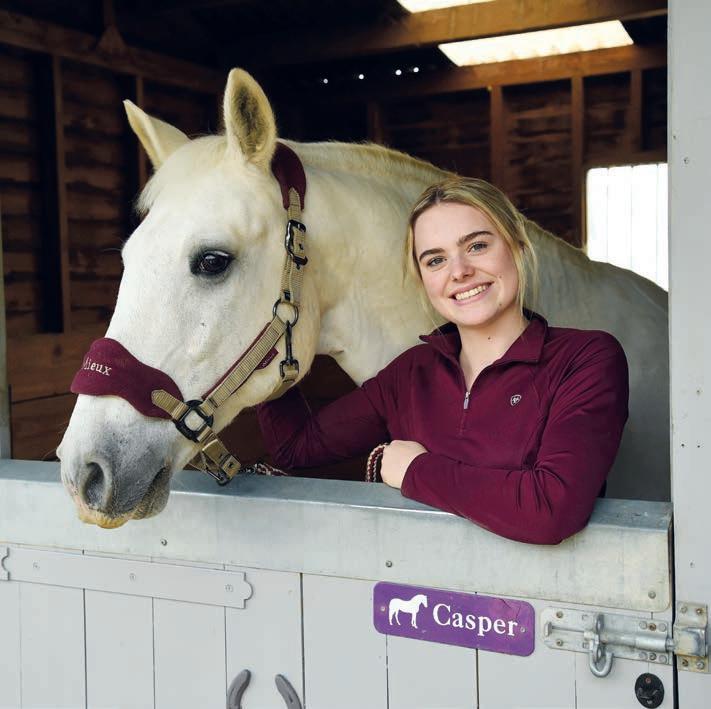
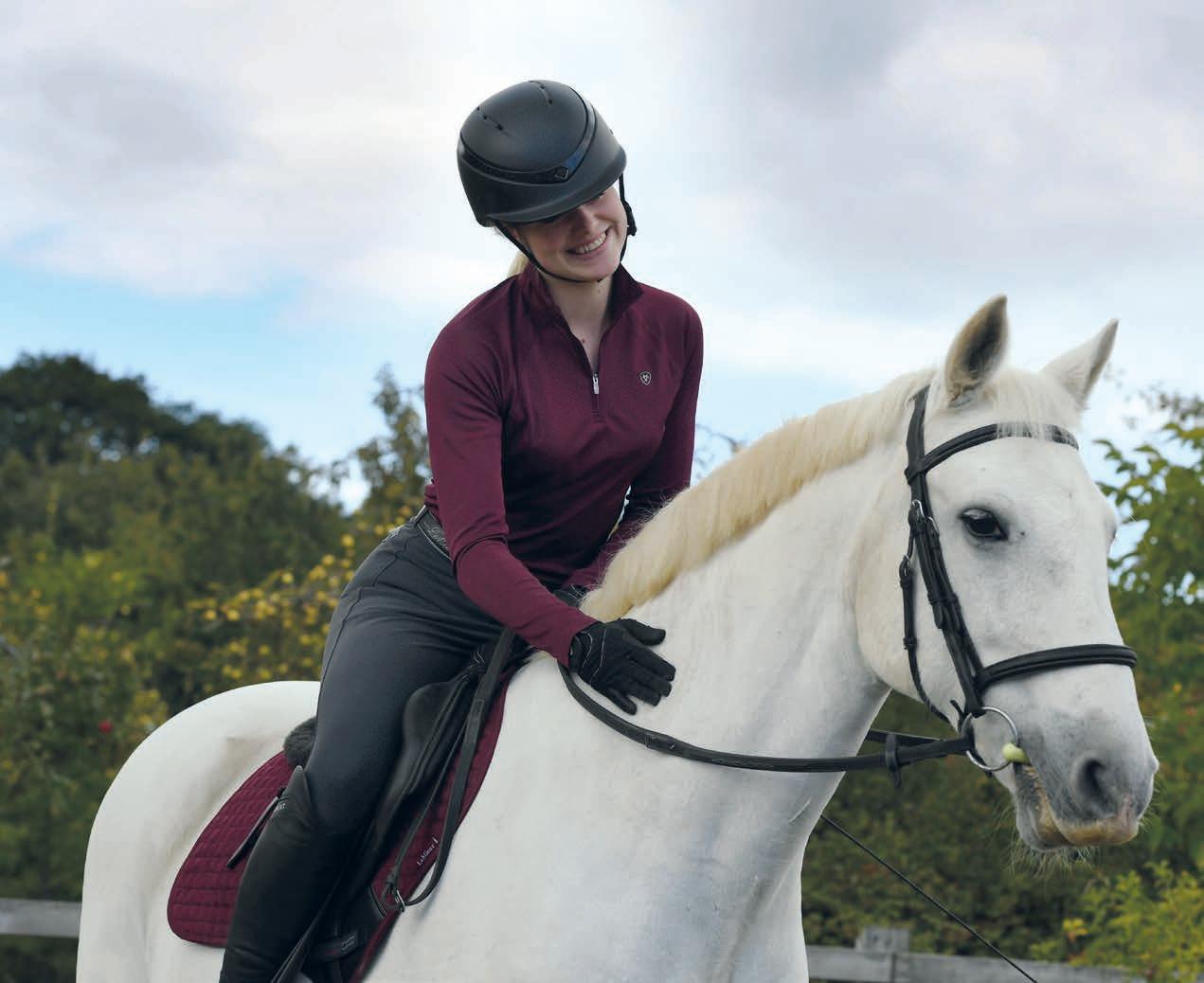
It doesn’t matter how long it takes to get your confidence back. Some people will do it in few sessions while others will take a couple of months, and that’s totally fine! Take one step at a time and don’t try to push yourself out of your comfort zone too soon – you don’t want to risk knocking your confidence again by rushing!
Ponies can get laminitis at any time of year, but it’s more common in spring and autumn when grass is richer. So, now’s the perfect time
Inside your pony’s feet there are sensitive tissues called laminae that act like Velcro, supporting the pedal bone in the hoof. When ponies get laminitis, blood flow to the laminae is affected causing them to become weak, damaged and painful – ouch! Left untreated, things can quickly go from bad to worse, so laminitis should always be treated as an emergency. The good news, however, is that many ponies recover with the correct help.
Ponies with laminitis may…
• be reluctant to move
Be one step ahead and help prevent this painful condition...
to brush up on your laminitis knowledge so you can keep your pony healthy and get him veterinary help quickly if he needs it!
did you know?did you know?
If your pony has laminitis, the vet will probably prescribe painkillers, box rest and advise some dietary changes to help support your pony’s recovery.
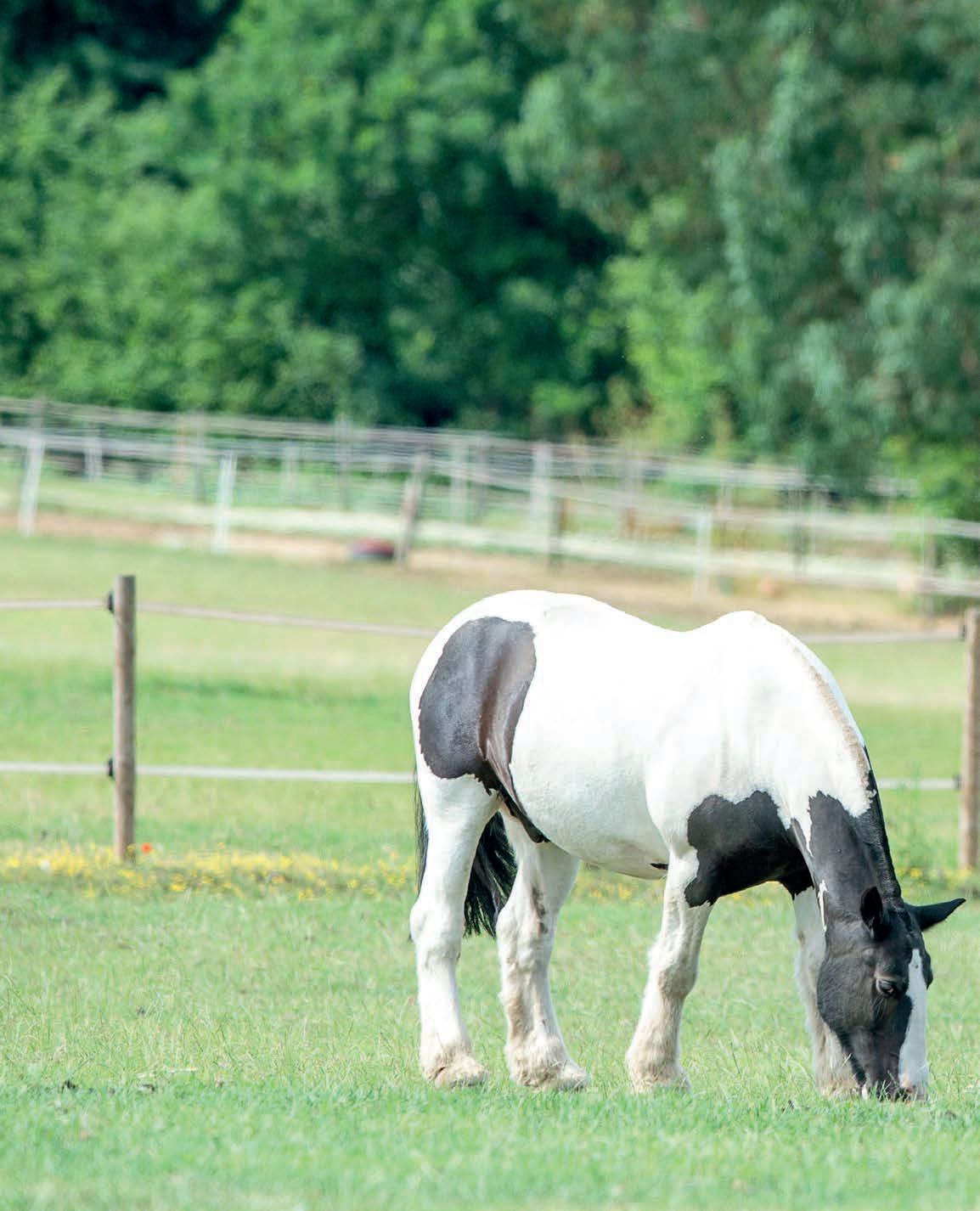
Top tip Hooves should be trimmed every 6–8 weeks so your farrier can monitor the condition of your pony’s feet.
• rock their weight back onto their hindlegs to take the weight off their sore front feet
• show pain when hoof testers are used (a special tool that detects pain in ponies’ feet)
• have a strong digital pulse (ask an experienced adult to check for this because it can be tricky to find)
